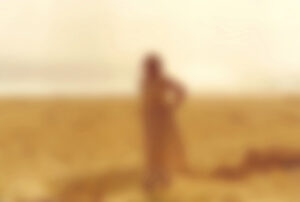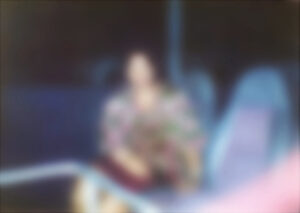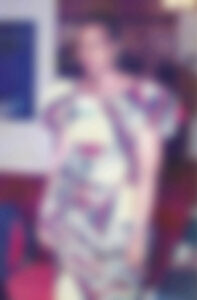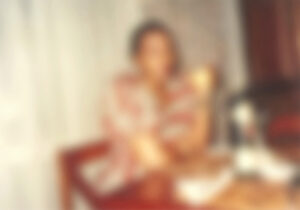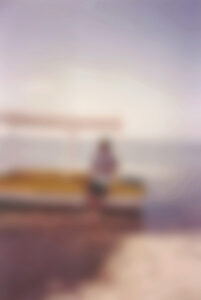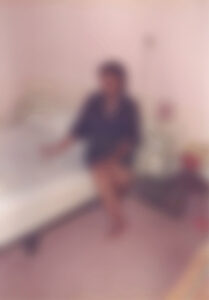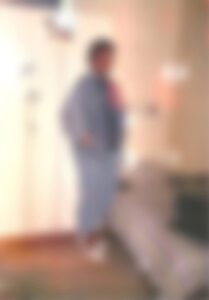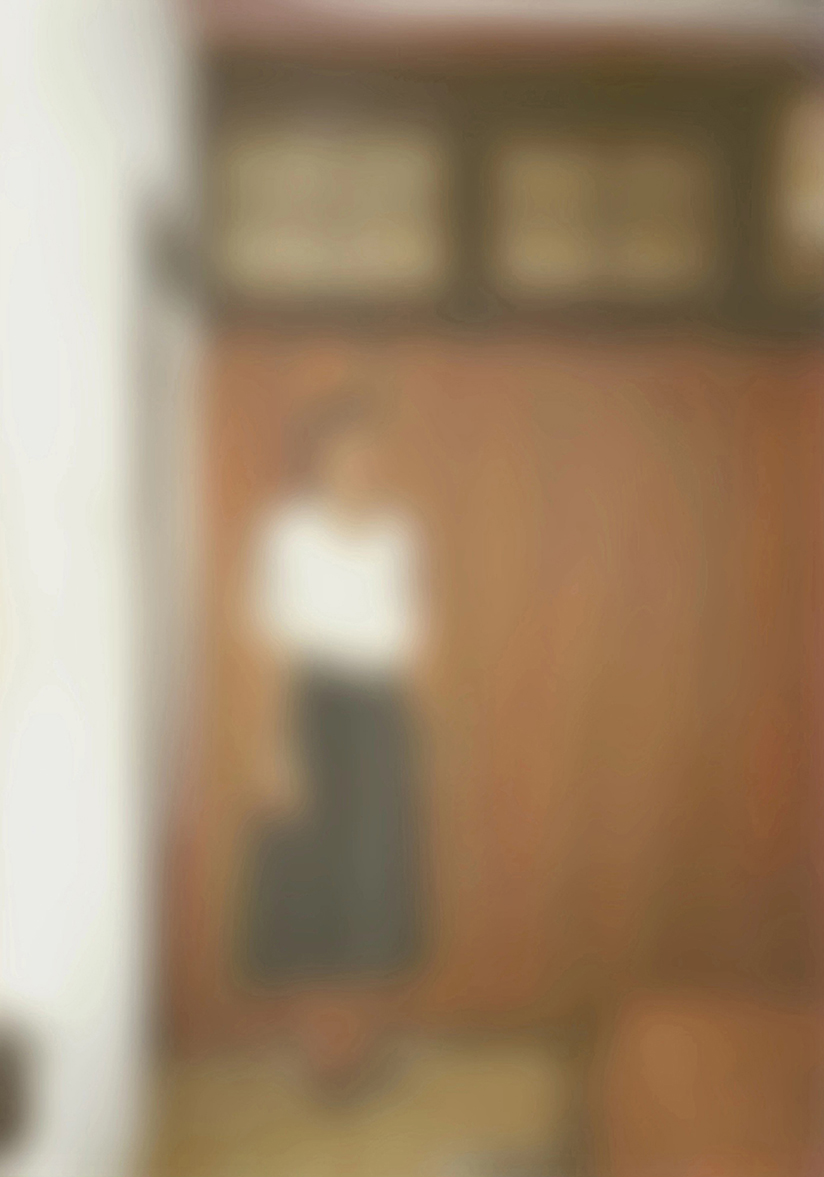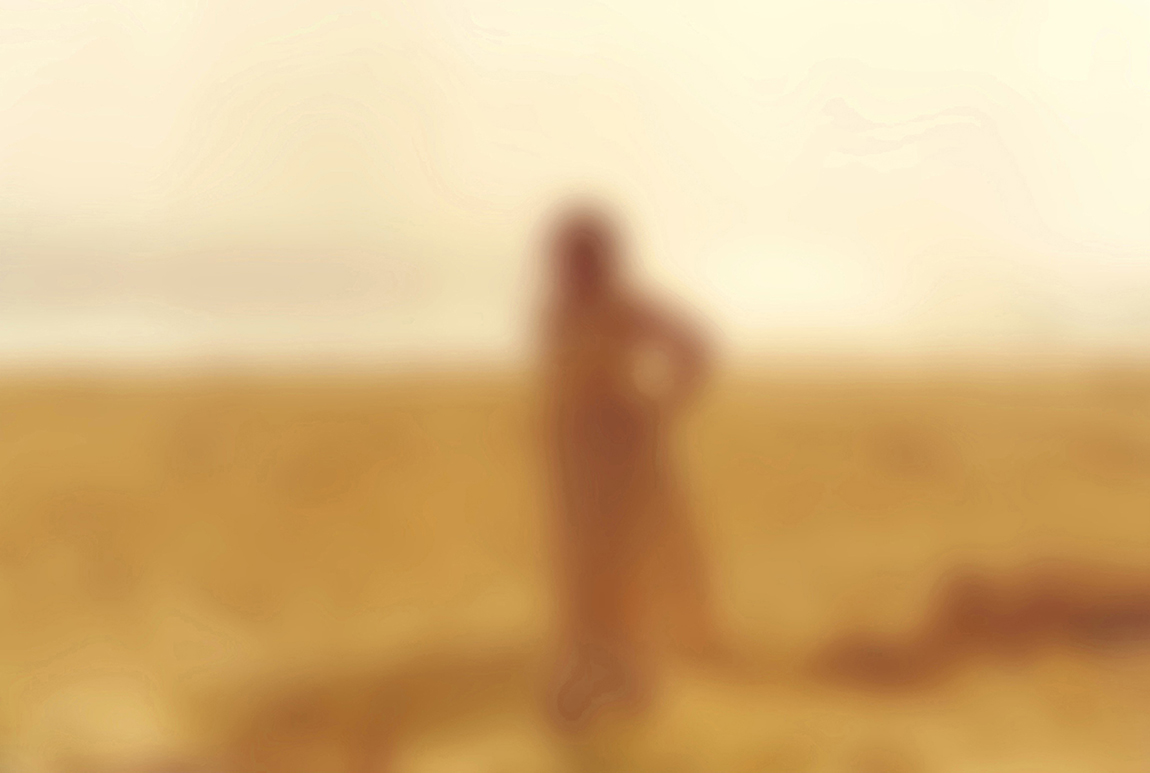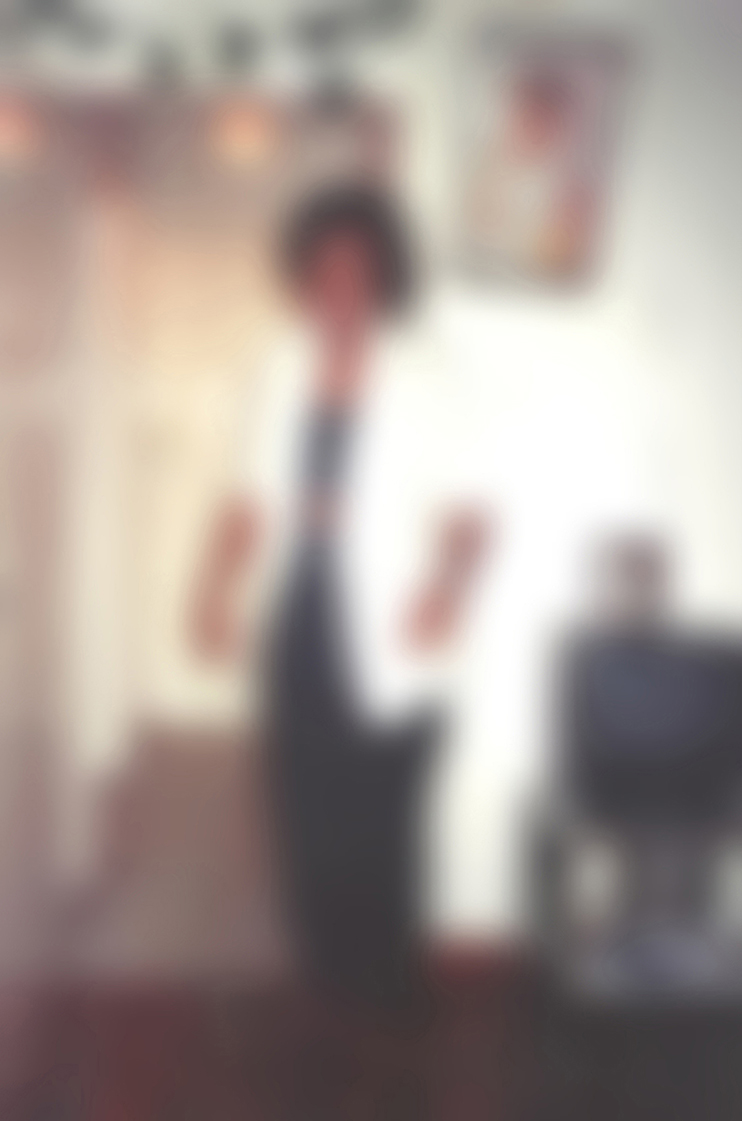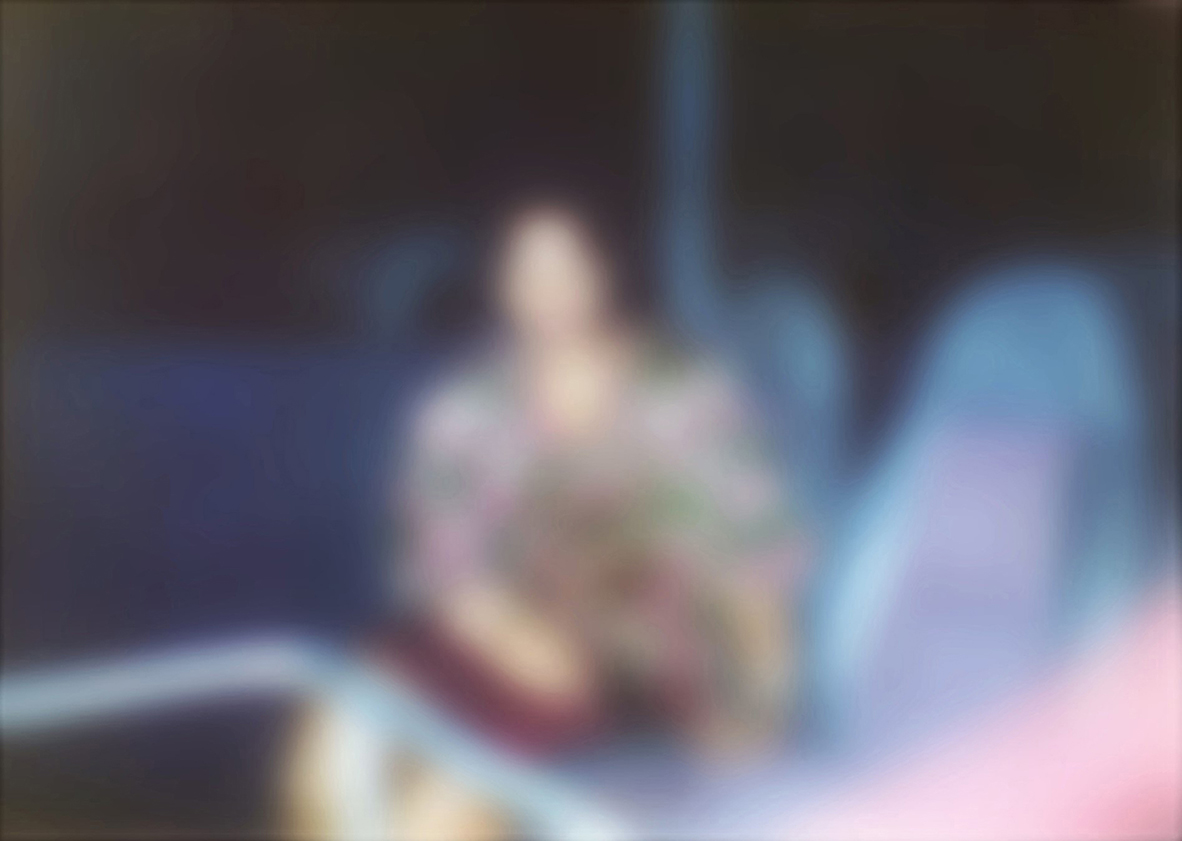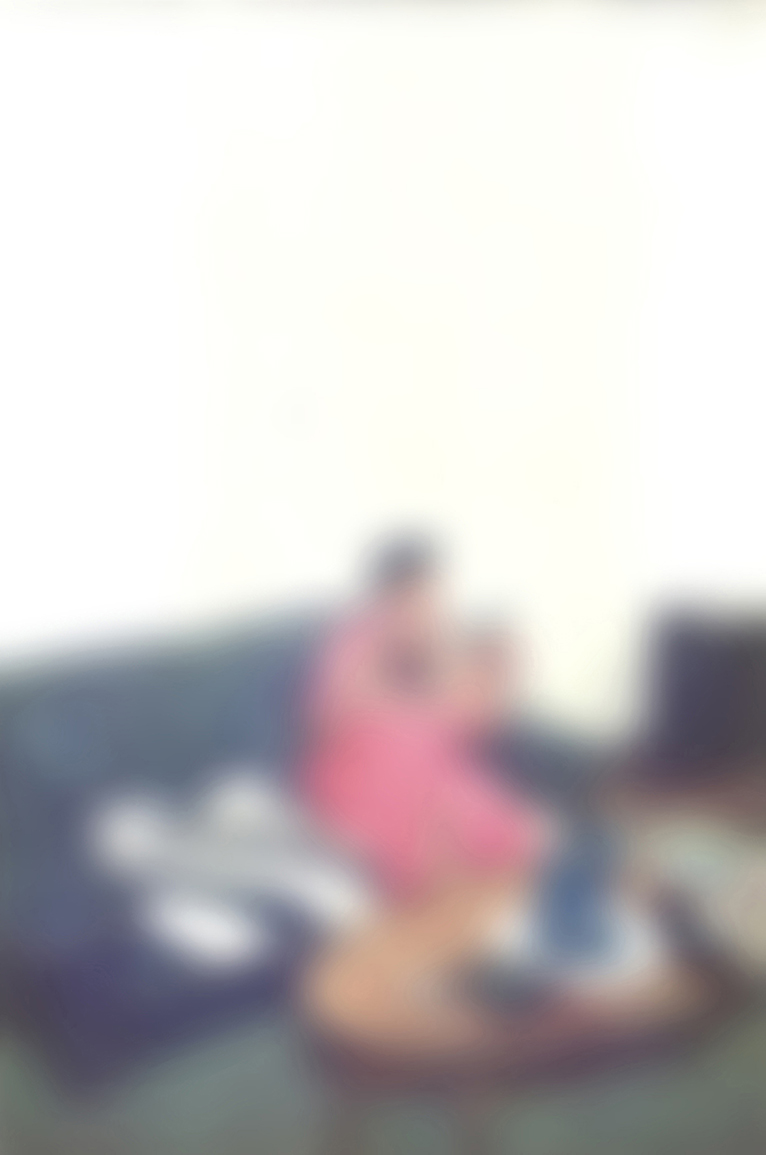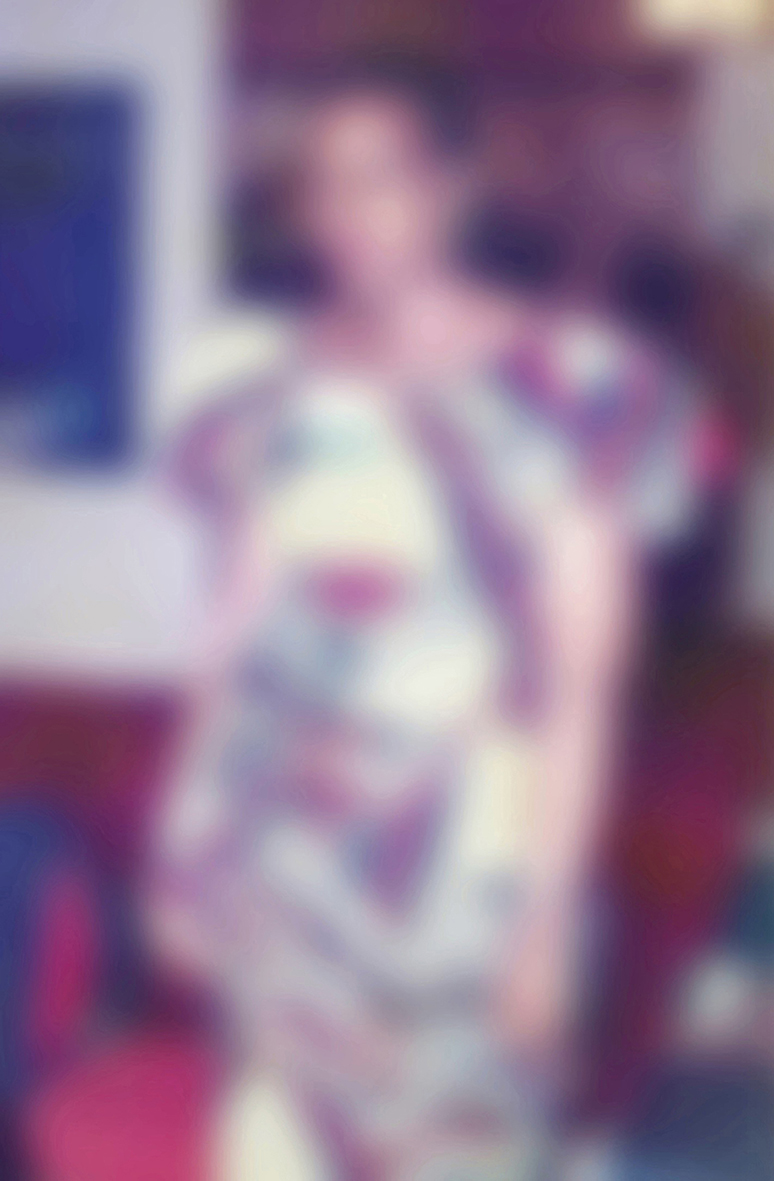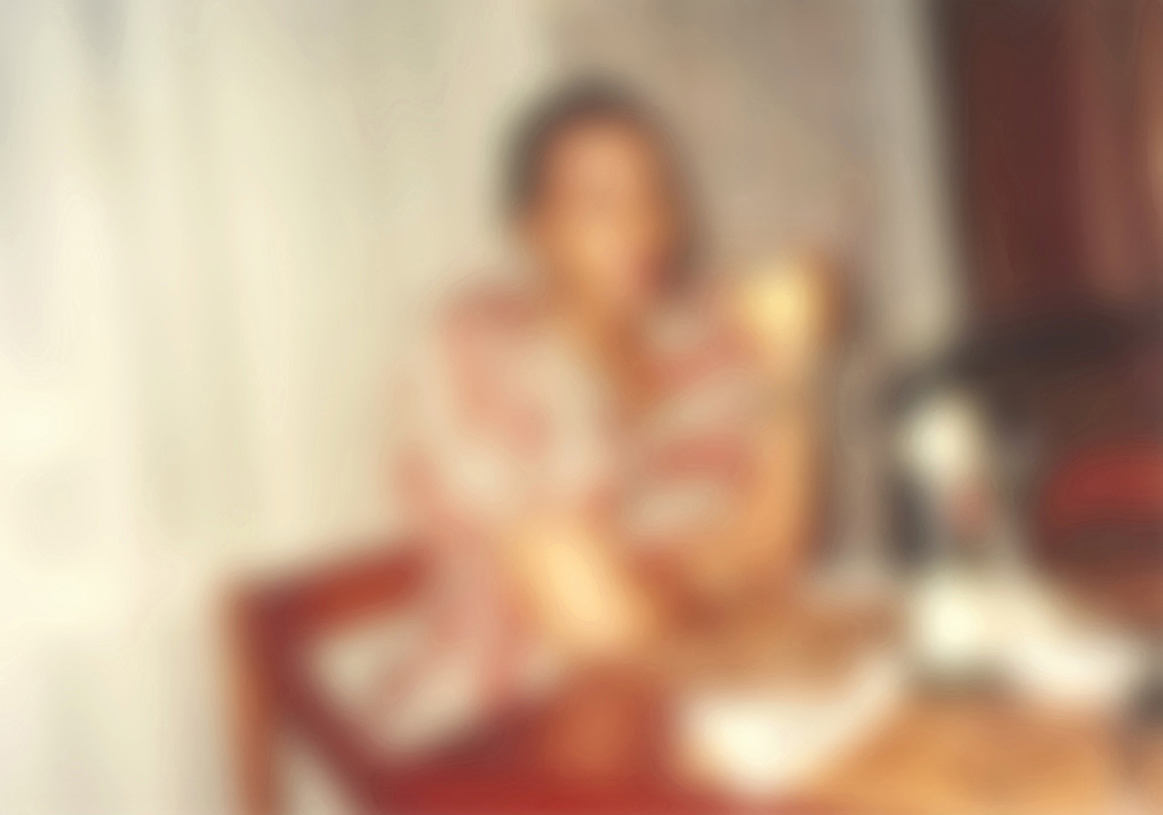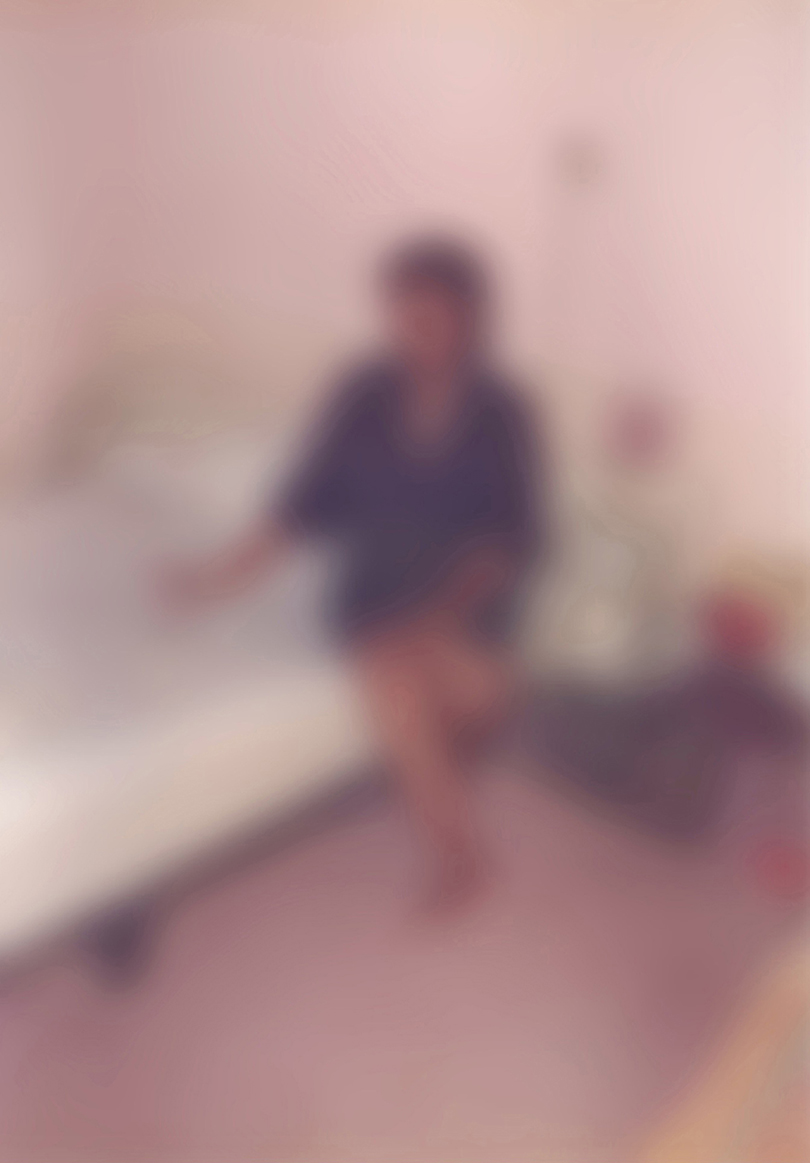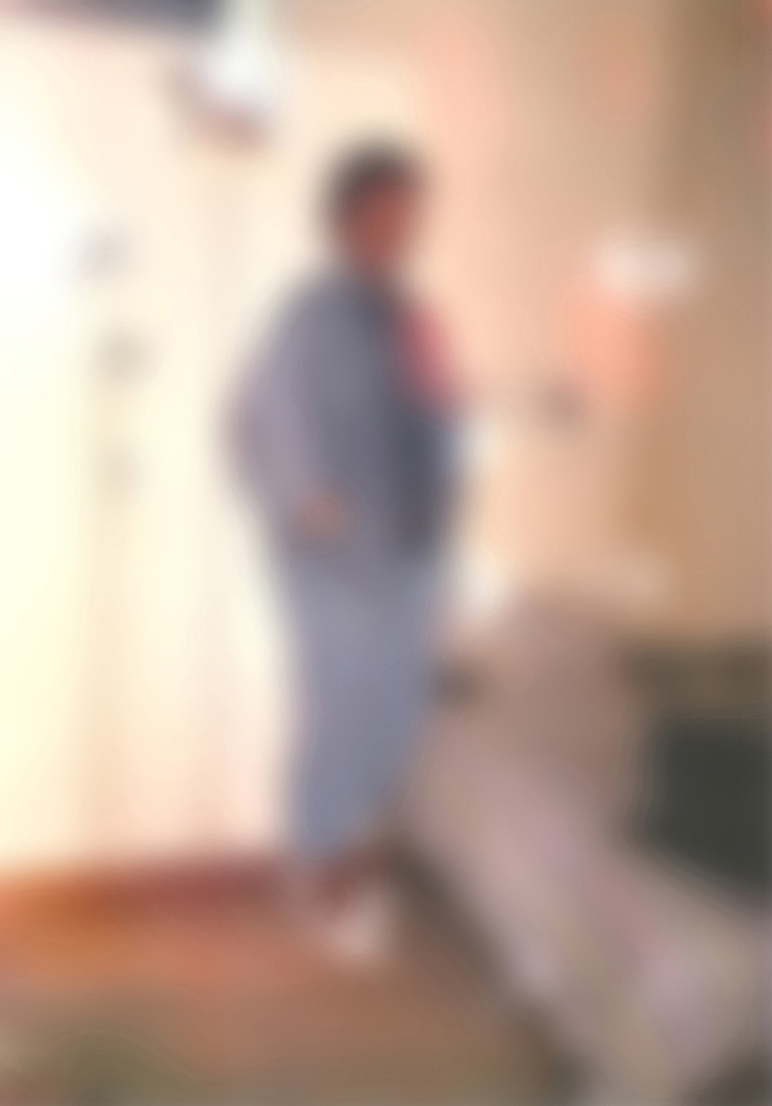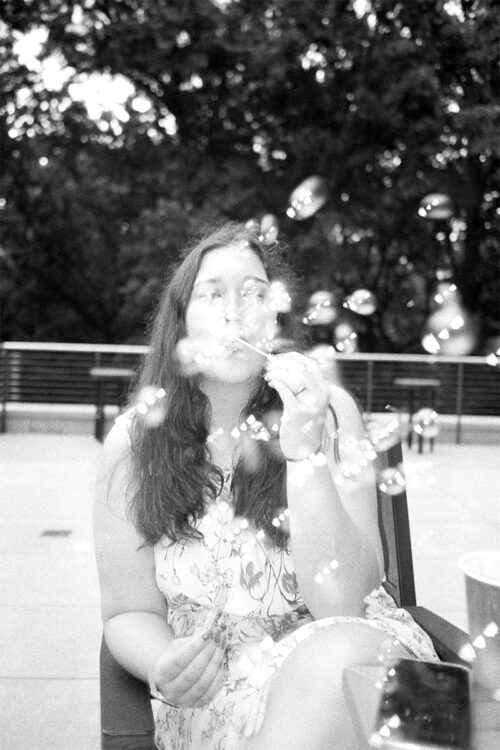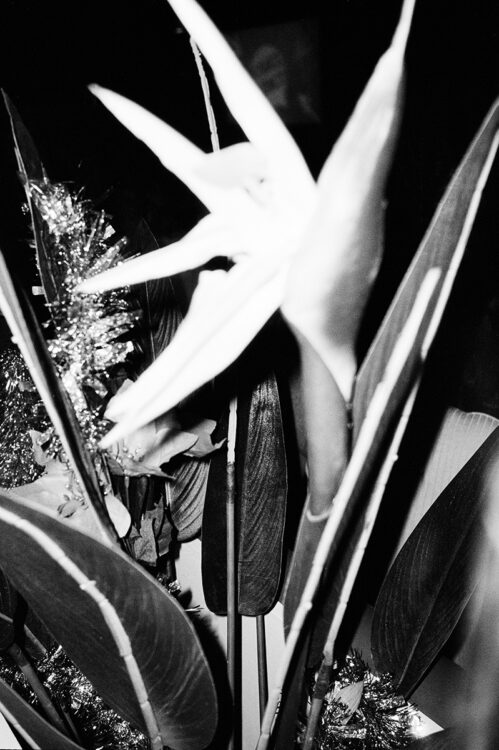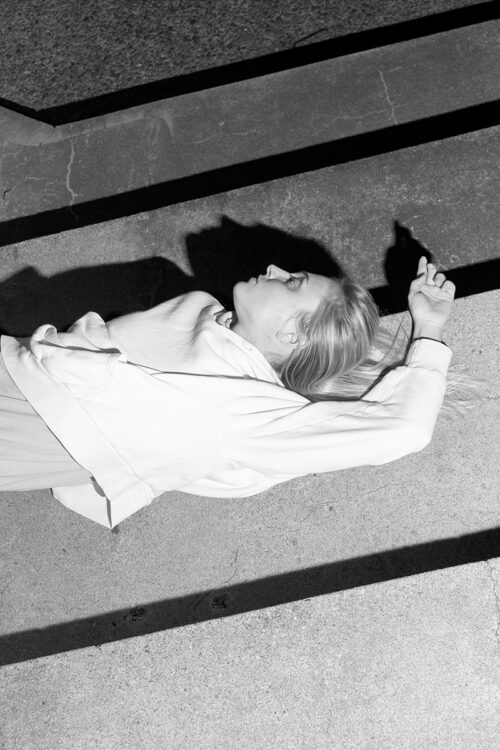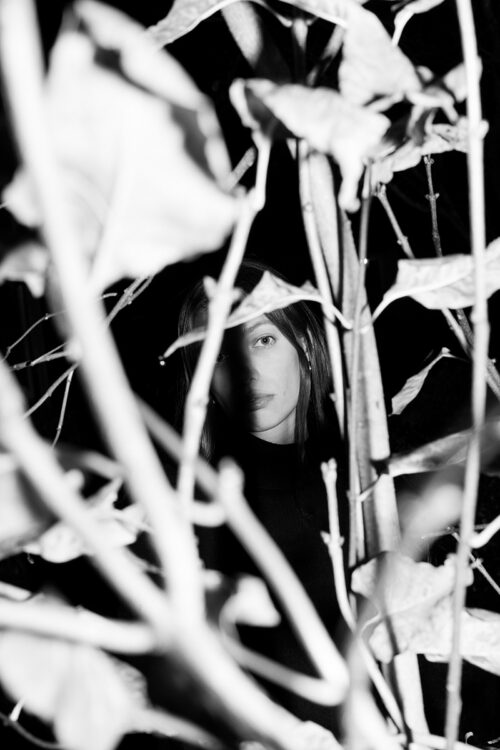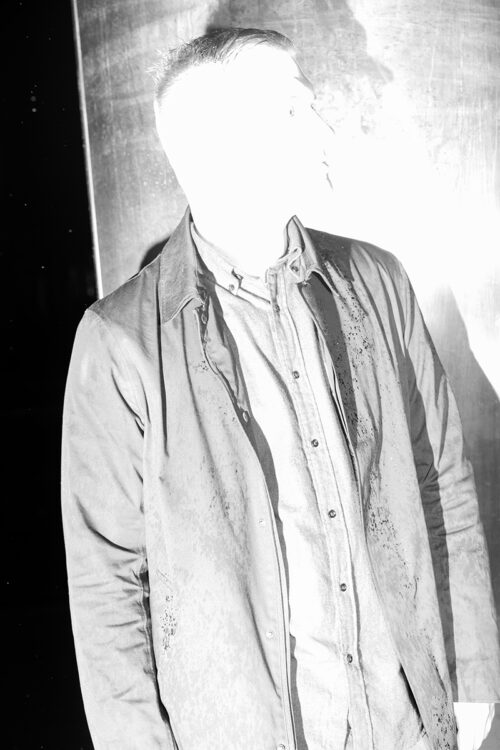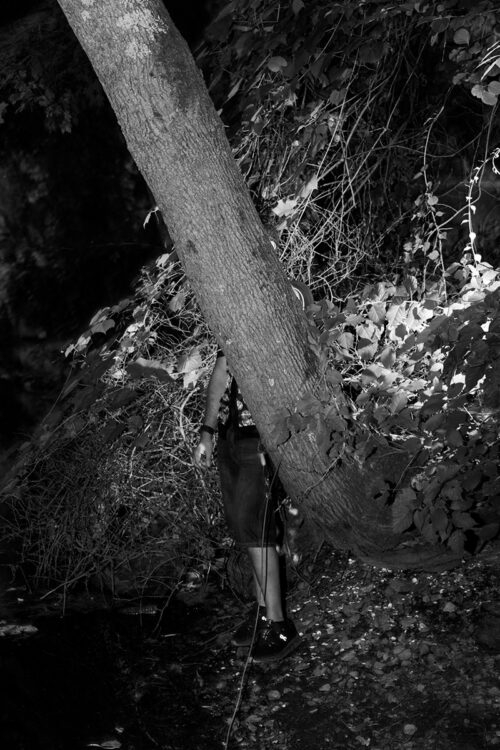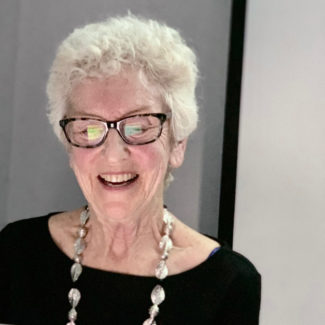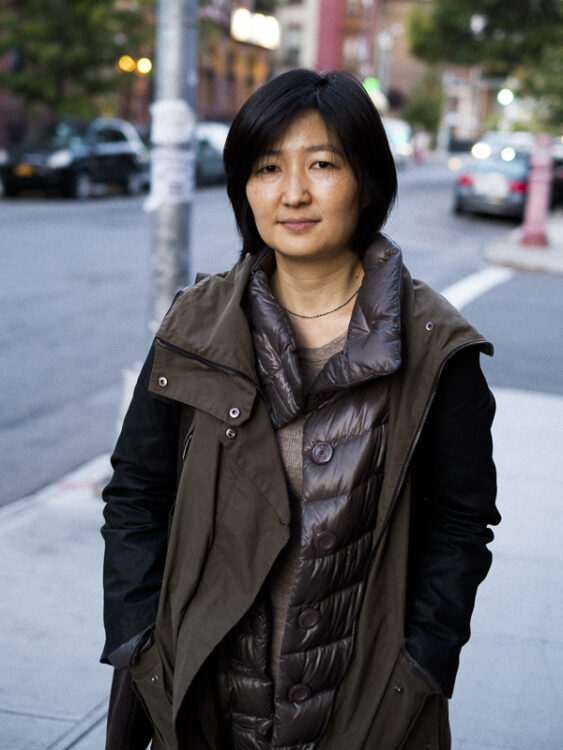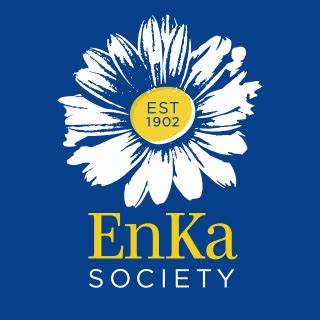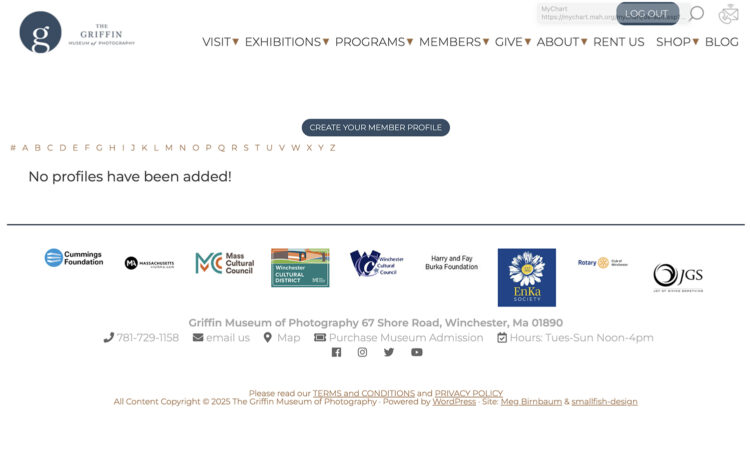Anti-Blackness seems inescapably mixed into whatever context I place it into; literature, science, government, health, art… look into any “field” and see for yourself. My people have had to cry, scream, and fight for respect for centuries, and we still have not gained what we deserve. To move past the damage this has done to our society, we can’t simply deny our history—we must recognize it. We must acknowledge the many ways in which this country has perpetuated a racial hierarchy since these lands were first colonized and stripped from indigenous peoples, and Black people were stolen from their native land and brought to America.
In BLACK SNAFU (Situation Niggas: All Fucked Up), I appropriate various depictions of Black people that I find throughout the history of cartooning and juxtapose them with photographs that celebrate and line up more authentically with my Black experience. The photographs I create vary in subject matter; I seek to include celebratory portraits, didactic still lives, and representational documentations of places rich in their relation to Black community, allowing me to fight back against the history of the racist caricature that I reclaim in my work. By combining these ambivalent visual languages, I intend to expose to viewers America’s deplorable connection to anti-Black tropes through pop culture while simultaneously celebrating the reality of what it means to be Black.
About André Ramos-Woodard
Raised in the Southern states of Tennessee and Texas, André Ramos-Woodard (he/they) is a photo-based artist who uses their work to emphasize the experiences of marginalized communities while accenting the repercussions of contemporary and historical discrimination.
His art conveys ideas of communal and personal identity, influenced by their direct experience with life as a queer African American. Focusing on Black liberation, queer justice, and the reality of mental health, he aspires for his art to help bring power to the people.
Selected for Foam Museum’s Foam TALENT Award in 2024 and a two-time top-50 Finalist for Photolucida’s Critical Mass (in 2020 and 2023), Ramos-Woodard has shown their work at various institutions across the United States a beyond, including the Foam Museum–The Netherlands, Amsterdam, the Museum of Fine Arts Houston–Houston, Texas, Leon Gallery–Denver, Colorado, and FILTER Photo–Chicago, Illinois. He received his BFA from Lamar University in Beaumont, Texas, and his MFA at The University of New Mexico in Albuquerque, New Mexico.

We are grateful to the Cummings Foundation for their support of the arts and the Griffin Museum. The Cummings Residency program highlights artists of diverse backgrounds and using their specific skill set, work to create a photographically based exhibition as a result of their connection to the Griffin Museum, Winchester and surrounding areas, while engaging in critical dialogues about art and culture with both the youth and adult community they inhabit. Using photography as a bridge to building relationships, the Cummings Fellow creates a series of images opening up the pathways to multicultural understanding and acceptance. The museum and its partners are creating a literacy program centered around imagery, using photography as the tool, working with professional artists to talk about their communities, cultures and new and shared origin stories.


